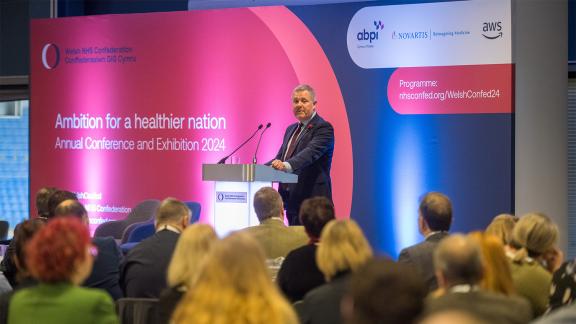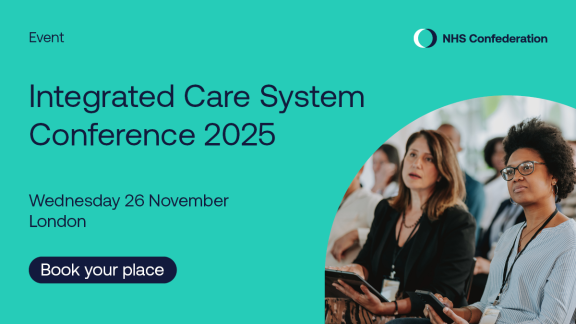Ensuring local government is fully integrated at all levels of an ICS

As we move ever closer to integrated care systems (ICSs), there is much discussion around the ‘power struggle’ between the NHS and the local authorities within them. But this perspective misses the point of integration.
In some larger regions, where there might be one unitary local authority that will sit on the integrated care board (ICB), making decisions alongside the NHS services might sound quite straightforward. However, the picture is different in every area and that’s where it gets complicated.
In the south east we have developed a working group, with support from the NHS Confederation, where local authority leaders, the NHS and other partners can get together regularly to discuss all of these issues and challenges.
For example, in many parts of the south east there are multiple tiers of councils, including unitary councils, county councils, district councils and borough councils. There needs to be clear lines of communication, responsibility and accountability for all of them within an ICS.
Several of the larger ICS areas will have several local authorities all sitting within one ICS footprint and the structure needs to work for all of them. So, one ICS could have the challenge of working with multiple local authorities.
…how can we ensure the ICS is not missing vital opportunities and insights at system, place and neighbourhood level?
A key question is, how do we ensure that the ICS understands the local government governance routes and roles? And in particular, the valuable contribution that can be made by all tiers of local government and the importance of working with elected members?
In a region with a high number of district and borough councils, how can we ensure the ICS is not missing vital opportunities and insights at system, place and neighbourhood level?
The answers to these questions are still being discussed and no doubt each ICS area will need to come up with a different solution to suit the particular needs and structure they have to work with.
The role of health and wellbeing boards
There is another area which we have all been discussing at a regional level: health and wellbeing boards (HWBs). It’s clear that HWBs have an important role to play, but in some ICS footprints there are five different HWBs to take account of.
They are vital, well-established local partnerships that are already working well, so it’s important to get the lines of communication and decision-making right as the ICS is formed. HWBs are an important relationship that needs to work.
We need to understand the respective roles, avoid duplication, and find a way of explaining the complicated set up to the public. It’s important to note that HWBs know their local populations already and can make sure that health inequalities are being addressed.
Integrating public health
When it comes to addressing health inequalities, integrating public health is one of the primary goals that ICSs need to achieve. Understanding the population health issues where they operate, and how to address these, is where the importance of integrating public health comes in.
System changes now provide a massive opportunity to embed a public health approach into the ICS footprint
Currently, public health sits within local authorities so it’s important to understand how we create effective and value-adding local partnerships across health, government and VCSE, not focusing on process but on delivering outcomes for our populations.
System changes now provide a massive opportunity to embed a public health approach into the ICS footprint. It is possible to achieve a true shift in care delivery to achieve better outcomes for people, but this needs true collaborative planning on a local level.
The opportunities that bringing population health and public health together can create in terms of innovative working, funding, and research opportunities, as well as the chance to upskill staff in different areas, were all issues touched on as part of our regional discussions.
Improving public health and reducing health inequality is not a quick fix and needs to be part of the longer-term plan for all ICS areas, but raising the profile of directors of public health, and making sure their voices are heard, is a big part of that.
A voice for children’s services
When we talk about integrating health and care services, there is often a big focus on adult social care and general adult health services, but another big question is where do children’s services fit into all of this?
There has been much in the media about how stretched children’s mental health services are, compounded by the impact of the pandemic and lockdowns on children’s mental health, so it’s vital that children’s care services are given as much attention as adult services in this new integrated world.
Working together as a region
While we still have more questions than we have answers, working together across the south east is helping all our ICS leaders to talk through these issues on a regular basis and to share the challenges with each other. It’s great to hear what other organisations are doing and to share best practice examples, as well as the mutual challenges and issues that we are all dealing with.
By Rachael Shimmin is chief executive officer of Buckinghamshire Council
David Radbourne is south east regional director of strategy and transformation for NHS England and NHS Improvement
You can follow the organisations on Twitter: @BucksCouncil @NHSsoutheast



